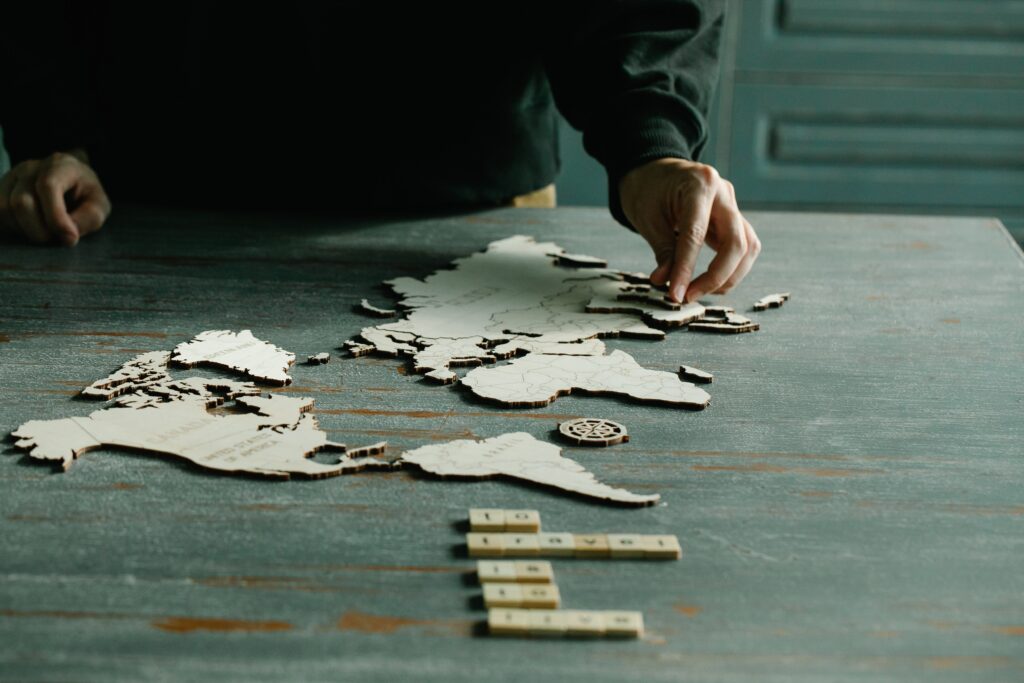Where did puzzles originate

Puzzles have been a source of entertainment and challenge for thousands of years. Their origins can be traced back to ancient civilizations, where they were used as educational tools and for leisurely pursuits.
The exact origin of puzzles is not clear, but evidence of their use has been found in ancient cultures such as Egypt, Greece, and China.
For example, the Chinese tangram puzzle, made of seven flat pieces that can be arranged to form a square, is believed to have originated over 2,000 years ago and was popular among scholars and intellectuals.
In Europe, the popularity of puzzles increased in the 19th century with the advent of the industrial revolution. Mass production of wooden jigsaw puzzles made them more accessible and they quickly became a popular form of entertainment.
These wooden jigsaw puzzles were also used as educational tools for children, teaching them about geography, history, and other subjects.
With the advent of modern technology, puzzles have evolved to include a wide variety of styles and designs.
From jigsaw puzzles and crossword puzzles to Rubik’s cubes and brain teasers, there is a puzzle for every interest and skill level.
Today, puzzles continue to be enjoyed by people of all ages, serving as a source of entertainment, education, and challenge.
Whether used for leisurely pursuits or as educational tools, puzzles have a rich and fascinating history that spans thousands of years.




